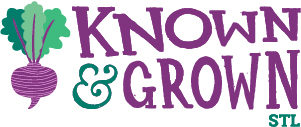Animals thrive and the environment benefits when livestock grazes, browses, or forages for much of its diet.
Conservation Practices for Livestock
- Fencing out of Sensitive Areas
- Grazing Management Plan
- Integrated Pest Management Plan
- Nutrient Management Plan
- Water & Sediment Control
- Erosion Control
- Pasture, Forage, & Organic Feed
- Living Field Border
- Forage & Biomass Planting
- Riparian Herbaceous Cover
- Energy Conservation
Requirements for Livestock
Must be within 150 miles of St. Louis (special considerations can be made)
Animals cannot live in confinement.
Livestock must spend as much time outdoors on pasture as weather and stewardship allow. Temporary shelter may be used during winter months with use of deep bedding or other methods to absorb nitrogen and prevent it from entering our waterways.
Never use conventional herbicides or synthetic fertilizers on pastures or hayfields (unless required by a government-funded conservation program such as the Conservation Stewardship Program)
Antibiotics, parasiticides, and other pharmaceuticals are allowed to be used therapeutically and only in response to disease, infestation, or injury. No added hormones or synthetic growth promotants.
Animals are loaded on trailers and slaughtered without use of electric prods, transportation to slaughter house should be a clean environment with minimal travel time.
Feed Requirements
Living Environment
Conservation Practices for Bees
- Adequate access to nectar
- Hives are exposed to 5 hours of sunlight
- Hives are well ventilated
- Bees have access to clean water within 1/2 mile of their hives
- Top bar hives
- An acre of forage available per hive within 3 miles
- No synthetic chemical use on property (required)
- No white sugar as feed
- Hives are 150 miles from STL (required)

The Golden Beet is our designation for farms that go above and beyond the standards for joining Known & Grown STL.


